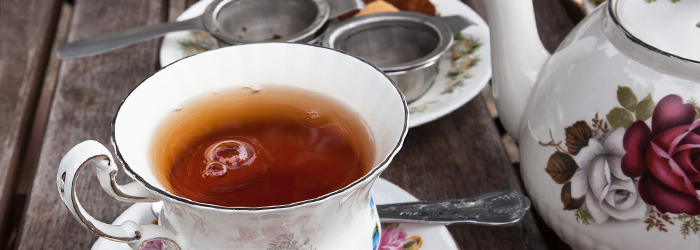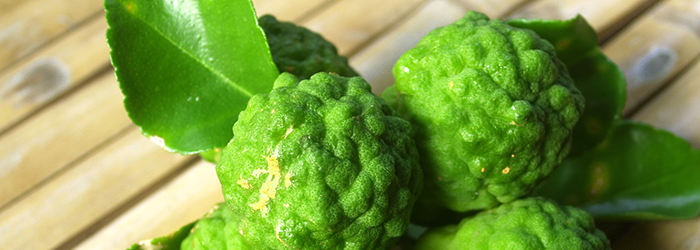What is Earl Grey Tea?

Released to public domain by owner. via Pixabay.
Earl Grey tea, which originated in Britain in the 1820s, has since become one of the most popular types of tea in the western world. The unique added flavor of bergamot citrus fruit gives Earl Grey tea a distinctive aroma and flavor that was originally intended to give new Indian black teas the same citrus-like qualities found naturally in fine black teas from China.
Learn how climate affects natural black tea taste with Alice in this video:
With widespread popularity has come many variations on the classic recipe, but the foundation of all Earl Grey teas is the inclusion of bergamot flavor. Traditionally, this flavor is added to a standard black tea from India with a bold flavor and typical astringency. Today, however, many brands have expanded on this theme by using green or lightly oxidized oolong teas, or including additional flavorings like lavender or orange peel.
What is Bergamot?
The integral ingredient for Earl Grey is believed to be a cross between a sweet lime and a bitter orange. It is most famously grown in southern Italy, in a region called Calabria. This small area is said to produce 90% of the world’s bergamot supply, making the unusual citrus exceedingly rare. For scenting tea, essential oils are extracted from the bergamot peels. While modern technology has made the extraction process less laborious, it still requires roughly 100 bergamot fruits to make just three ounces of the precious essential oil.

Released to public domain by owner. via Pixabay.
Given the quantity of Earl Grey tea sold each year, in both specialty loose leaf tea shops and on grocery store shelves, it’s clear that not all Earl Grey recipes use this high quality essential oil. Mid-grade teas may use essential oils that have been cut with other citrus oils, while mass market tea bags are almost certainly flavored with chemically derived imitations.
Explore the three ways that flavors are added to teas >>
Buying Earl Grey Tea
Since finding a naturally scented Earl Grey tea is both difficult and expensive, we’ve made our own blend of a high quality breakfast-style tea and dried orange peel. Blended by hand in house, we find our Superior Earl Grey’s all-natural sources of flavor to be rich and satisfying without bitterness.
Of course, we also enjoy the unadulterated Chinese black teas that bergamot scenting was developed to imitate, like our Three Cultivar Red from Fujian Province, which boasts natural citrus notes and extra complexity.
Are you a fan of Earl Grey tea? Let us know what you love about it in the comments below!
Sign up for our newsletter to get blog updates in your inbox!





Comments on this post (0)